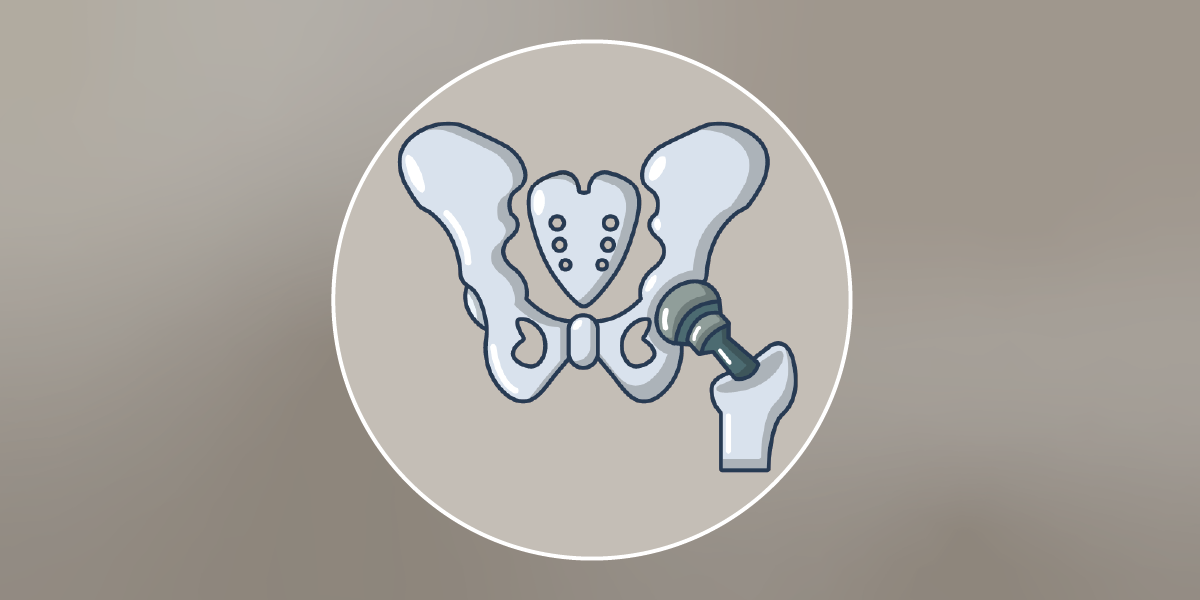One of the most serious fall injuries is a broken hip. It is hard to recover from a hip fracture and afterward many people are not able to live on their own. As the U.S. population gets older, the number of hip fractures is likely to go up.
- Each year over 300,000 older people—those 65 and older—are hospitalized for hip fractures.1
- More than 95% of hip fractures are caused by falling,2 usually by falling sideways.3
- Women experience three-quarters of all hip fractures.1
- Women fall more often than men.
- Women more often have osteoporosis, a disease that weakens bones and makes them more likely to break.
- The chances of breaking your hip go up as you get older.
What You Can Do to Prevent Hip Fractures
You can prevent hip fractures by taking steps to strengthen your bones and prevent falls.

Talk to Your Doctor
Ask your doctor or healthcare provider to evaluate your risk for falling and talk with them about specific things you can do.
Ask your doctor or pharmacist to review your medicines to see if any might make you dizzy or sleepy. This should include prescription medicines and over-the counter medicines.
Ask your doctor or healthcare provider about taking vitamin D supplements.

Get Screened for Osteoporosis
Get screened for osteoporosis and treated if needed.

Do Strength and Balance Exercises
Do exercises that make your legs stronger and improve your balance. Tai Chi is a good example of this kind of exercise. The Healthcare Resort of Olathe offers multiple balance courses, including Tai Chi!

Have Your Eyes Checked
Have your eyes checked by an eye doctor at least once a year, and be sure to update your eyeglasses if needed.
It you have bifocal or progressive lenses, you may want to get a pair of glasses with only your distance prescription for outdoor activities, such as walking. Sometimes these types of lenses can make things seem closer or farther away than they really are.

Make Your Home Safer
- Get rid of things you could trip over.
- Add grab bars inside and outside your tub or shower and next to the toilet.
- Put railings on both sides of stairs.
- Make sure your home has lots of light by adding more or brighter light bulbs.
References
- HCUPnet. Healthcare Cost and Utilization Project (HCUP). 2012. Agency for Healthcare Research and Quality, Rockville, MD. http://hcupnet.ahrq.govexternal icon. Accessed 5 August 2016.
- Parkkari J, Kannus P, Palvanen M, Natri A, Vainio J, Aho H, Vuori I, Järvinen M. Majority of hip fractures occur as a result of a fall and impact on the greater trochanter of the femur: a prospective controlled hip fracture study with 206 consecutive patients. Calcif Tissue Int, 1999;65:183–7.
- Hayes WC, Myers ER, Morris JN, Gerhart TN, Yett HS, Lipsitz LA. Impact near the hip dominates fracture risk in elderly nursing home residents who fall. Calcif Tissue Int 1993;52:192-198.
- CDC: Hip Fractures Among Older Adults

